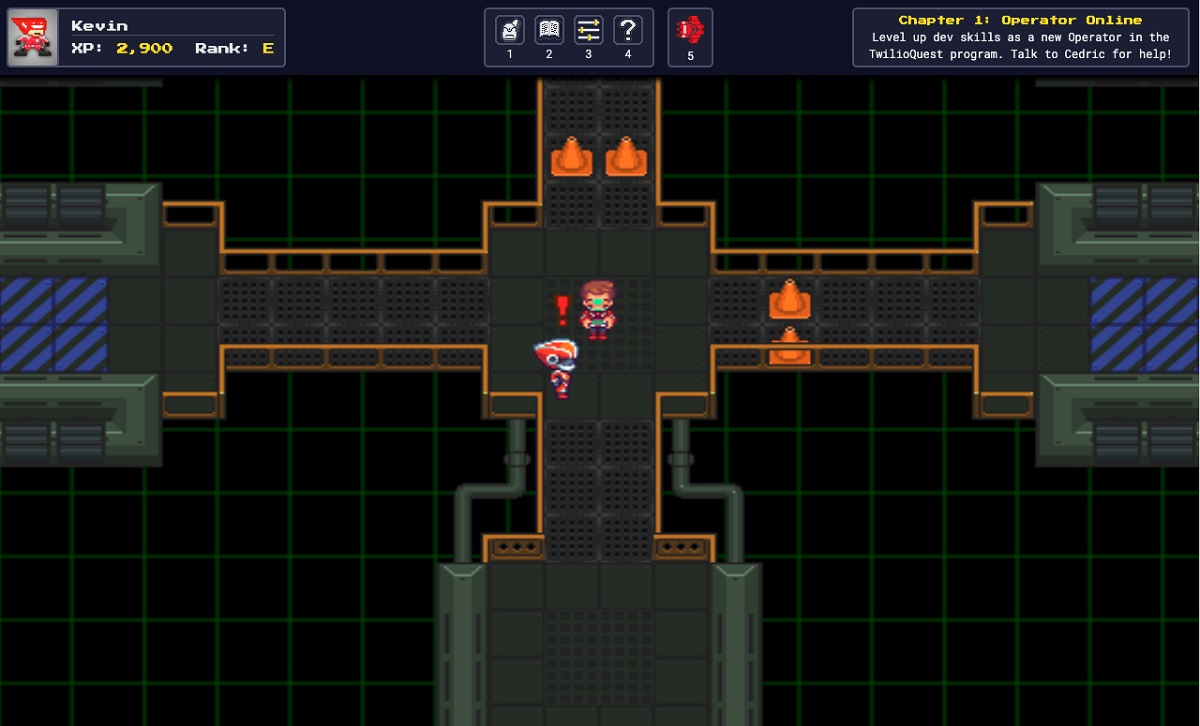Last August, Twilio launched its TwilioQuest 3 game to teach developers how to code for its cloud communications software. It found from experience that making the training game-like, or gamified, was much more effective for real learning. And now the company is introducing an update that is geared toward young students, with the goal of introducing middle school and high school students to coding.
The idea is maximum accessibility, given how many students and parents need virtual learning content right now with schools shut down. Twilio introduced a new video, dubbed Young Operator School, that students can access live or after the fact.

Unlock premium content and VIP community perks with GB M A X!
Join now to enjoy our free and premium membership perks.
![]()

![]()